Durian, often dubbed the “king of fruits,” is renowned for its pungent aroma, creamy texture, and polarizing flavor. While the flesh of this tropical fruit is a delicacy in many Southeast Asian countries, its spiky, hard rind is typically discarded. However, a growing culinary curiosity has emerged: Can the rind of a durian, once used to flavor soups and stews, be safely consumed? This article delves into the edibility, nutritional benefits, and cultural significance of durian rind, particularly after its use in soup-making.
The Edibility Debate: Is Durian Rind Safe to Eat?
The durian rind comprises two distinct layers: the outer exocarp, covered in sharp spikes, and the inner mesocarp, a soft, white or pale-yellow layer. While the exocarp is inedible due to its tough texture and potential to cause injury, the mesocarp has been a subject of culinary experimentation for generations. In traditional Southeast Asian cuisine, the inner rind is often boiled, simmered, or stewed to infuse dishes with a subtle, slightly bitter flavor.
Scientifically, the inner rind contains compounds like tannins and flavonoids, which are not toxic when cooked. However, consuming it raw may cause digestive discomfort due to its high fiber content. Proper cooking—typically boiling for 30 minutes to an hour—softens the rind and breaks down complex fibers, making it palatable.
Nutritional Benefits of Durian Rind
While durian flesh is celebrated for its rich vitamin C, potassium, and B-complex vitamins, the rind offers its own nutritional perks. Studies suggest the inner rind contains:
- Dietary Fiber: Aids digestion and promotes gut health.
- Antioxidants: Compounds like quercetin and kaempferol, which combat oxidative stress.
- Minerals: Small amounts of calcium, magnesium, and iron.
- Polyphenols: Linked to anti-inflammatory and heart-healthy properties.
Compared to the flesh, the rind is lower in calories and sugar, making it a potential dietary addition for those seeking fiber-rich, low-calorie ingredients. However, its nutritional value is most accessible when cooked, as raw rind’s tough structure limits nutrient absorption.

Traditional Culinary Uses of Durian Rind
In countries like Thailand, Malaysia, and Indonesia, durian rind has long been repurposed in soups, curries, and jams. A popular dish is tom kha durian (Thai durian rind soup), where the rind is simmered with coconut milk, lemongrass, and chili to create a creamy, aromatic broth. The rind’s mild bitterness balances the soup’s richness, creating a unique flavor profile.
Another preparation involves stewing the rind with pork or chicken, absorbing the meat’s flavors while imparting a gelatinous texture. In some regions, the rind is even pickled or fermented, transforming into a tangy condiment.
Preparation and Cooking Methods
To use durian rind in soup, follow these steps:
- Selecting the Rind: Choose fresh, firm rinds without mold. The inner mesocarp should be pale and unblemished.
- Cleaning: Remove any residual flesh or spikes. Rinse thoroughly.
- Cutting: Slice the rind into 1-inch chunks. Smaller pieces cook faster.
- Boiling: Simmer the rind in water for 20–30 minutes to soften. Discard the water to reduce bitterness.
- Cooking: Add to soups, stews, or curries. Pair with aromatic herbs like ginger, garlic, or turmeric to enhance flavor.
Safety Considerations and Precautions
While cooked durian rind is generally safe, overconsumption may lead to bloating or gas due to its fiber content. Individuals with irritable bowel syndrome (IBS) or sensitive stomachs should consume it in moderation. Additionally:
- Avoid raw consumption, as uncooked rind may cause indigestion.
- Ensure the rind is thoroughly washed to remove pesticides or contaminants.
- Consult a healthcare provider if allergic to durian or related fruits (e.g., jackfruit).
Cultural and Environmental Significance
Using durian rind aligns with the “root-to-stem” cooking movement, which advocates minimizing food waste by utilizing all parts of an ingredient. In Southeast Asia, this practice is deeply ingrained, reflecting resourcefulness and respect for nature. By repurposing rinds, communities reduce kitchen scraps and create sustainable, affordable meals.
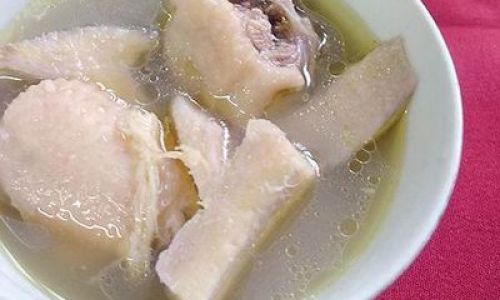
Modern Adaptations and Innovations
Chefs and food entrepreneurs are now experimenting with durian rind in innovative ways. Some bake it into gluten-free crackers, while others dehydrate it to create crispy snacks. In vegan cuisine, the rind’s gelatinous texture mimics meat when slow-cooked, offering a plant-based alternative to traditional proteins.
Conclusion: To Eat or Not to Eat?
Durian rind, when properly prepared, is both edible and nutritious. Its culinary applications span centuries, rooted in tradition and sustainability. While it may not replace the fruit’s flesh in popularity, the rind offers a low-calorie, fiber-rich ingredient for adventurous cooks.
However, moderation is key. Overindulgence may disrupt digestion, and raw consumption is ill-advised. As with any novel food, individuals should start with small portions and monitor their body’s response.
In the end, the question isn’t just about edibility—it’s about embracing culinary diversity and honoring the wisdom of generations who turned “waste” into a resource. So, the next time you enjoy durian soup, consider saving the rind. You might discover a new favorite ingredient while contributing to a greener, more sustainable kitchen.
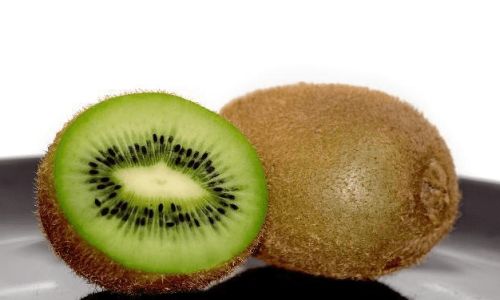
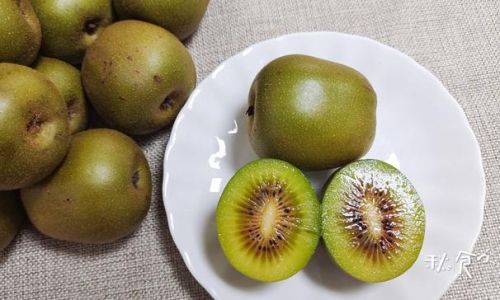
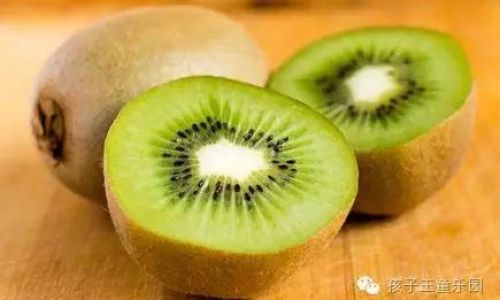
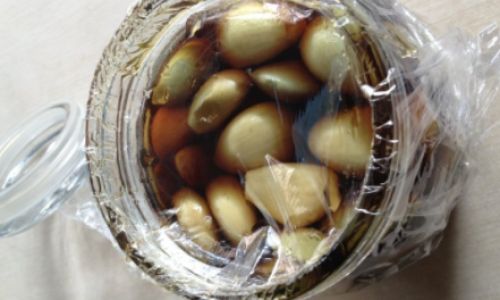

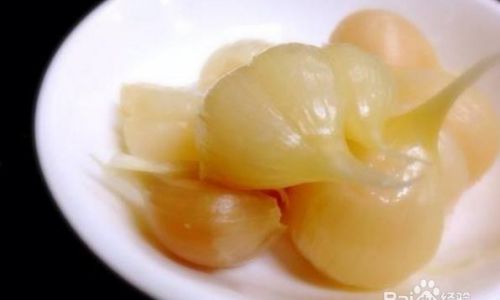
0 comments